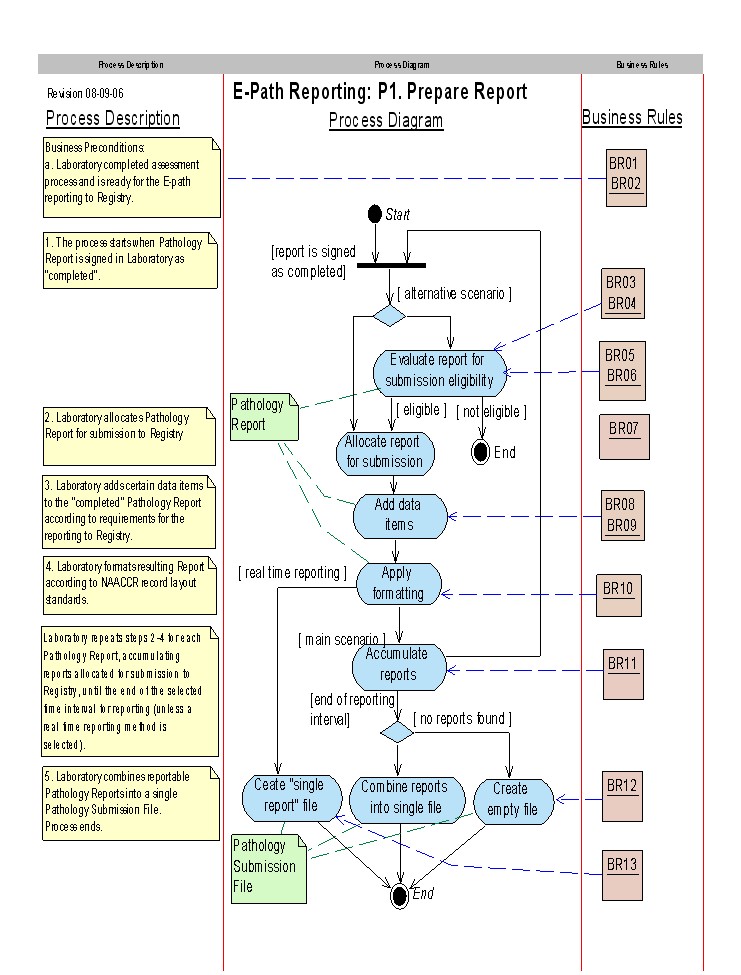Medical Home Identification
Introduction
This is a draft of the PCC White Paper: Medical Home Identification. This draft is a work in progress, not the official white paper.
Introduction
Chronic disease care delivery requires continuous coordination of the activities of multiple healthcare providers in multiple settings. A patient may see multiple specialist doctors and other clinicians on a recurrent basis along with a Primary Care Provider (PCP). Many patients have more than one chronic problem in additional to acute episodes. In the current, fragmented health care delivery system, each of a patient’s providers may be unaware of other providers that are treating the patient. Testing and therapies are often duplicated, resulting in unnecessary costs and risks to the health of the patient. Lack of coordination can also result in failure to follow-up on the delivery of ordered services, again adding risk to the patient’s health. In some cases, multiple providers receive copies of reports of services performed, such as laboratory tests, but this can cause confusion among providers over who is primarily responsible for addressing the results. An emerging approach to coordination of health care delivery is intended to address these problems as well as providing additional benefits to the entire system. This approach is commonly called the Patient-Centered Medical Home (PCMH). In this approach, the patient selects a provider who serves as the patient’s medical home. This provider is responsible for keeping track of all of the care a patient is receiving from all of the clinicians with which the patient deals. This model is the very kernel of the activities which the IHE Patient Care Coordination Domain aspires to facilitate. Successful coordination of a patient’s health care can not be accomplished without IT support for the key workflow steps involved. The patient’s medical home will need the capability to track all of the patient’s providers and all of their care activities. The medical home will also have to serve as a communications hub among all of the patient’s providers, ensuring that each is aware of relevant actions by others. Finally, each provider of care to the patient will need the capability of automatically informing the medical home of actions involving the patient. The interoperability requirements of patient care workflow can be thought of as support for a conversation between two or more clinicians at each step. What is needed is a simple nomenclature for the workflow steps, to serve as triggers, and specification of the payloads and communication methods that are appropriate for the steps. It is assumed that, for most steps, copying and forwarding of existing messages and documents, with appropriate “covers” will be sufficient. The workflow for exchange of information between providers needs to address:
- Ordering
- Scheduling
- Communications between Providers
- Task Lists
- Reporting
Glossary
- Term
- Definition
Issue Log
Open Issues
- Issue
- Issue
Closed Issues
Volume I
Add the following bullet to the list of profiles
- {{{1}}} - {{{3}}}
Dependencies
Add the following row(s) to the list of dependencies
| Integration Profile | Dependency | Dependency Type | Purpose |
|---|---|---|---|
| {{{1}}} |
Profile Name
The {{{1}}} Profile ({{{2}}}) has a one paragraph description.
And then some more introductory text.
Use Cases
Use Case Name 1
One or more paragraphs describing a clinical scenario.
Use Case Name 2
One or more paragraphs describing a clinical scenario.
Actors/Transaction
| Actor | Transaction | Opt. | Section |
|---|---|---|---|
| Actor 1 | Transaction 1 | R | #Transaction 1 |
Options
| Actor | Option | Section |
|---|---|---|
| Actor 1 | Option 1 | #Option 1 |
Option 1
A description of option 1.
Grouping
Process Flow
More text about process flow
Actor Definitions
- Actor
- Definition
Transaction Definitions
- Transaction
- Definition
Volume II
Transaction 1
Scope
Use Case Roles
[[image:ucr.jpr|frame|center]
- Actor
- Actor 1
- Role
- Role of Actor 1
lather, rise and repeat for each actor
Referenced Standards
- STD
- Description
